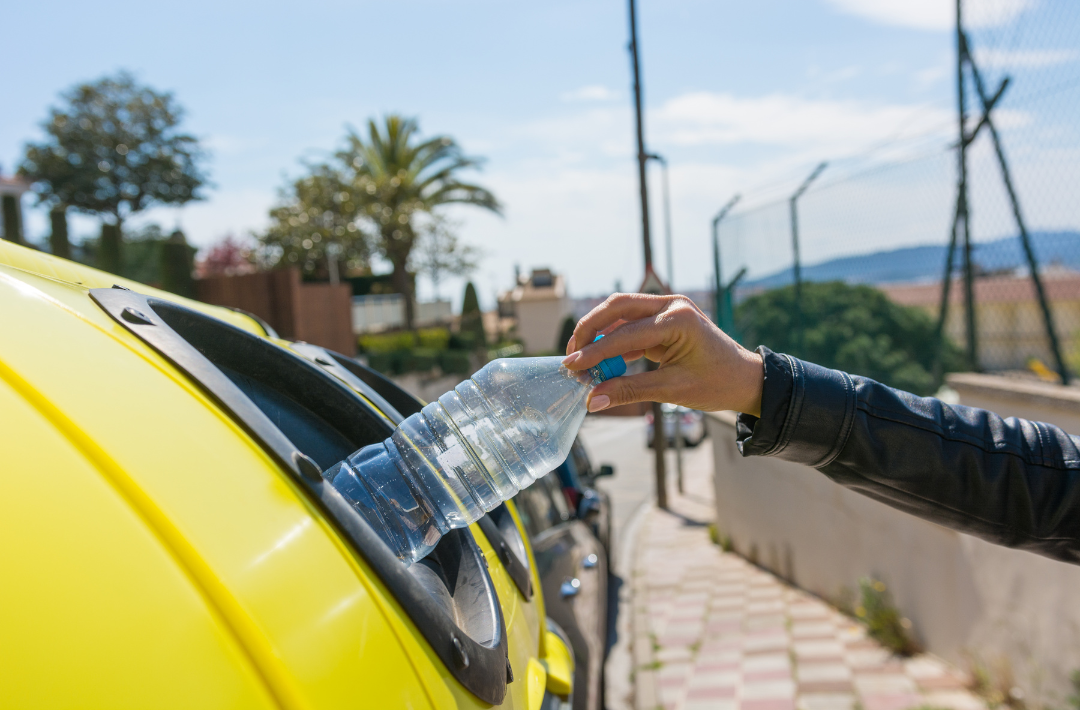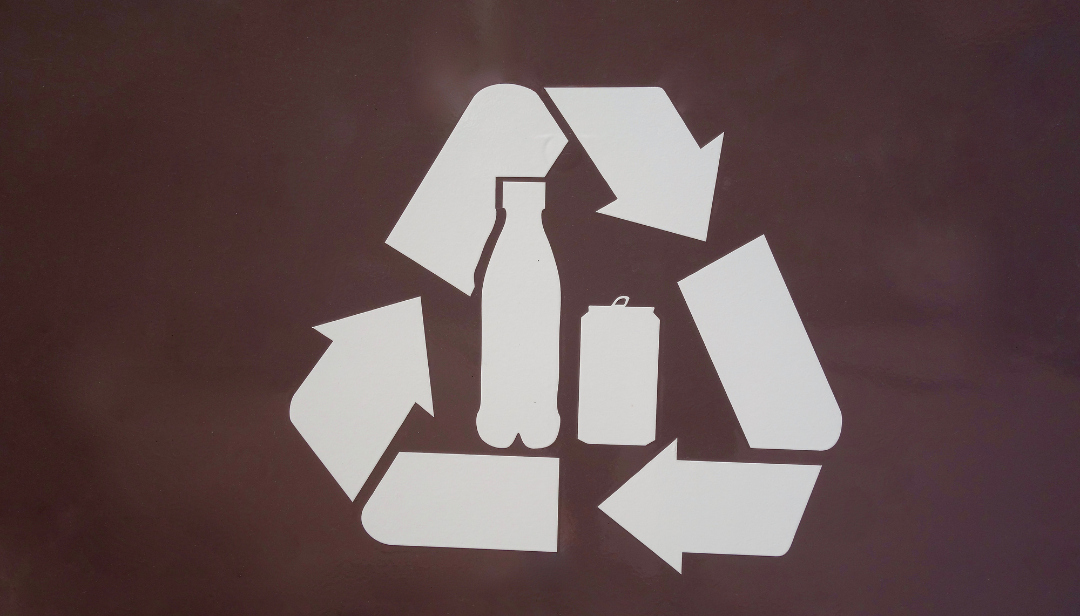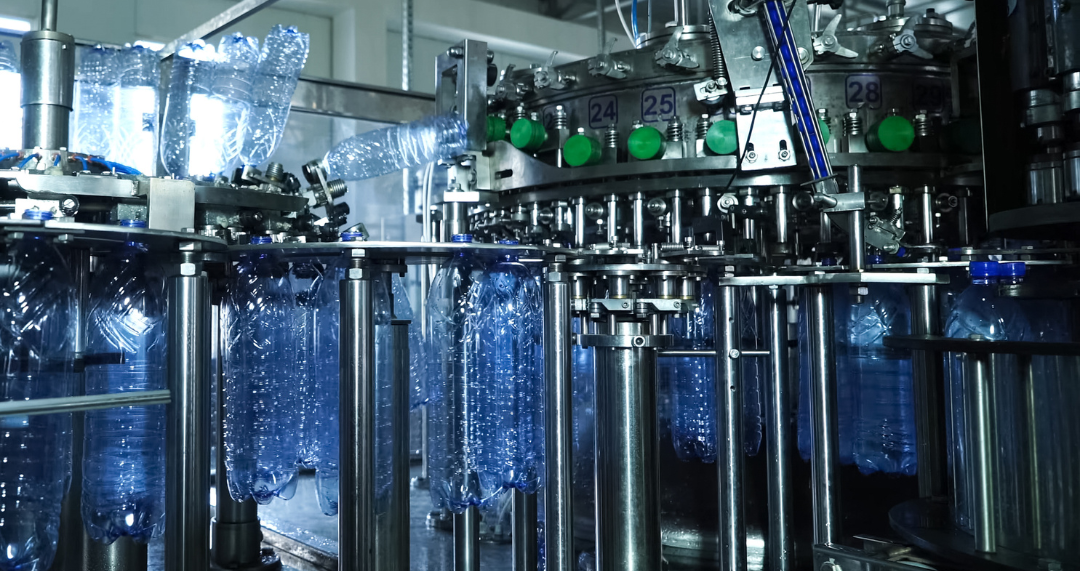
PET: Why it's NOT a Single Use Plastic
The entire lifecycle of PET plastic— from production to reuse, recycling, and even potential biodegradable alternatives — shows its potential to be a leading material in the transition to a circular economy. Thus, PET stands as a key player in achieving sustainability goals, offering significant environmental benefits beyond just its recyclability.
PET: The Only Plastic Enabling Closed-Loop Bottle-to-Bottle Recycling
PET (Polyethylene Terephthalate) stands out for its remarkable recyclability, earning it the prestigious Number #1 designation among plastics. Unlike other materials, PET is uniquely suited for the closed-loop bottle-to-bottle recycling process. It can incorporate up to 100% recycled content, paving the way for a future where all PET bottles are crafted from recycled PET (rPET) — an infinite cycle of reuse.
In Europe, approximately 58% of PET bottles are currently recycled. While this figure is promising, it leaves room for significant improvement, especially as the demand for rPET continues to grow. By 2025, all PET bottles in the EU must contain at least 25% recycled content, with an ambitious target of collecting 90% of all PET bottles for recycling by 2029. Achieving these goals will ensure a larger share of bottles are made using rPET, reducing reliance on virgin materials and cutting waste.
The PET industry is stepping up with substantial investments in recycling technologies and systems. Deposit Return Schemes (DRS) are being implemented across the region to encourage better collection rates. With existing infrastructure capable of recycling an additional 11 billion bottles annually, the focus now shifts to improving bottle recovery rates. Each PET bottle collected is a valuable resource, and sending bottles to landfills or incineration wastes this opportunity.
PET Bottles vs. Aluminum Cans in Closed-Loop Recycling
A comprehensive Life Cycle Assessment (LCA) conducted by Franklin Associates for NAPCOR highlights the environmental advantages of PET bottles in closed-loop recycling systems. PET bottles excel in sustainability because recycled PET (rPET) derived from these bottles substantially decreases the need for virgin PET resin, reducing the environmental burden of raw material extraction and production.
In contrast, aluminum cans face significant limitations in closed-loop recycling. Due to insufficient availability of high-quality recycled aluminum, a greater proportion of raw, virgin materials is required to maintain production levels. This reliance on new materials increases the environmental impact of aluminum can manufacturing, offsetting some of the perceived benefits of their recyclability.
The findings underscore the importance of promoting effective recycling systems for PET bottles and maximizing rPET usage to reduce resource dependency and enhance environmental sustainability. PET’s versatility and ability to close the recycling loop efficiently make it a critical material for achieving sustainable packaging goals.
Similarly, glass, which is also used for bottle production, faces challenges in the recycling process. The production of glass is energy-intensive, and in recycling systems, its heavier weight compared to materials like plastic or aluminum leads to higher transportation costs and greater energy consumption. This makes the recycling process for glass more expensive, contributing to higher carbon emissions during the transportation of recycled glass.
PET's Sustainability: Lightweight Design for Less Environmental Impact
PET's sustainability extends beyond just recycling. Its lightweight nature contributes to lower transportation emissions, as less energy is required to move PET products compared to heavier materials like glass.
The versatility of PET also plays a key role in sustainability. It can be easily molded into various forms for different applications, from bottles to packaging and textiles, offering a wide range of uses. Furthermore, PET’s long shelf life helps reduce waste, as products packaged in PET tend to last longer, reducing the need for frequent replacements.
Moreover, the PET industry has made impressive advancements in optimizing PET bottle designs. Since 2000, the average weight of PET bottles has been reduced by 40%. This weight reduction not only minimizes material usage but also maintains the durability of the bottles, ensuring that products remain well-protected while simultaneously lowering their carbon footprint.
In 2023-2024, Coca-Cola and Sidel made significant strides in redefining lightweight PET bottles. Sidel introduced ultra-light dairy bottles, weighing just 3.9g for a 100ml bottle, setting a new benchmark for bottle design. Meanwhile, Coca-Cola reduced the weight of its small bottles by 12% and launched "pocket bottles" in China as part of its City Walk campaign, further promoting sustainability. These efforts reduce PET use, save energy, and enhance recyclability, setting a new eco-friendly standard.
PET in Emerging and Green Industries
Beyond traditional packaging applications, PET is increasingly finding its place in emerging industries, especially in green technologies. The material’s adaptability allows it to play a significant role in the development of eco-friendly alternatives in various sectors.
For example, PET film is being explored for use in renewable energy technologies, such as in the production of solar panel components and as a key material in the creation of green building materials. PET foam materials are increasingly used in wind turbine components due to their lightweight, high strength-to-weight ratio, impact resistance, and sustainability, contributing to more efficient and eco-friendly turbine production.
Moreover, PET-based fabrics are gaining traction in the fashion industry, promoting the concept of "fashion with a conscience." By reusing PET bottles and turning them into fibers, companies are reducing textile waste and promoting circularity in fashion.
As sustainability becomes a central focus across industries, PET’s low-carbon footprint, recyclability, and compatibility with innovative solutions position it as a critical material for the green economy.
Conclusion
From closed-loop bottle-to-bottle recycling to its emerging roles in green industries like renewable energy and fashion, PET is proving to be a key player in achieving sustainability goals. As we continue to innovate and optimize its use, PET holds the potential to be at the heart of the circular economy, ensuring that it remains a sustainable material for generations to come.




